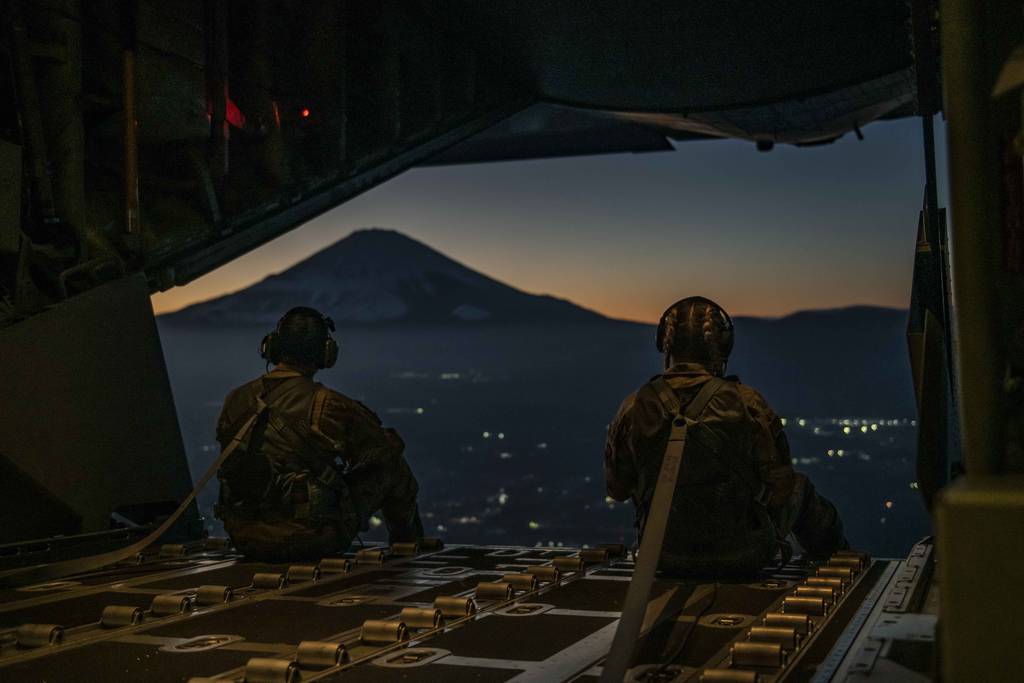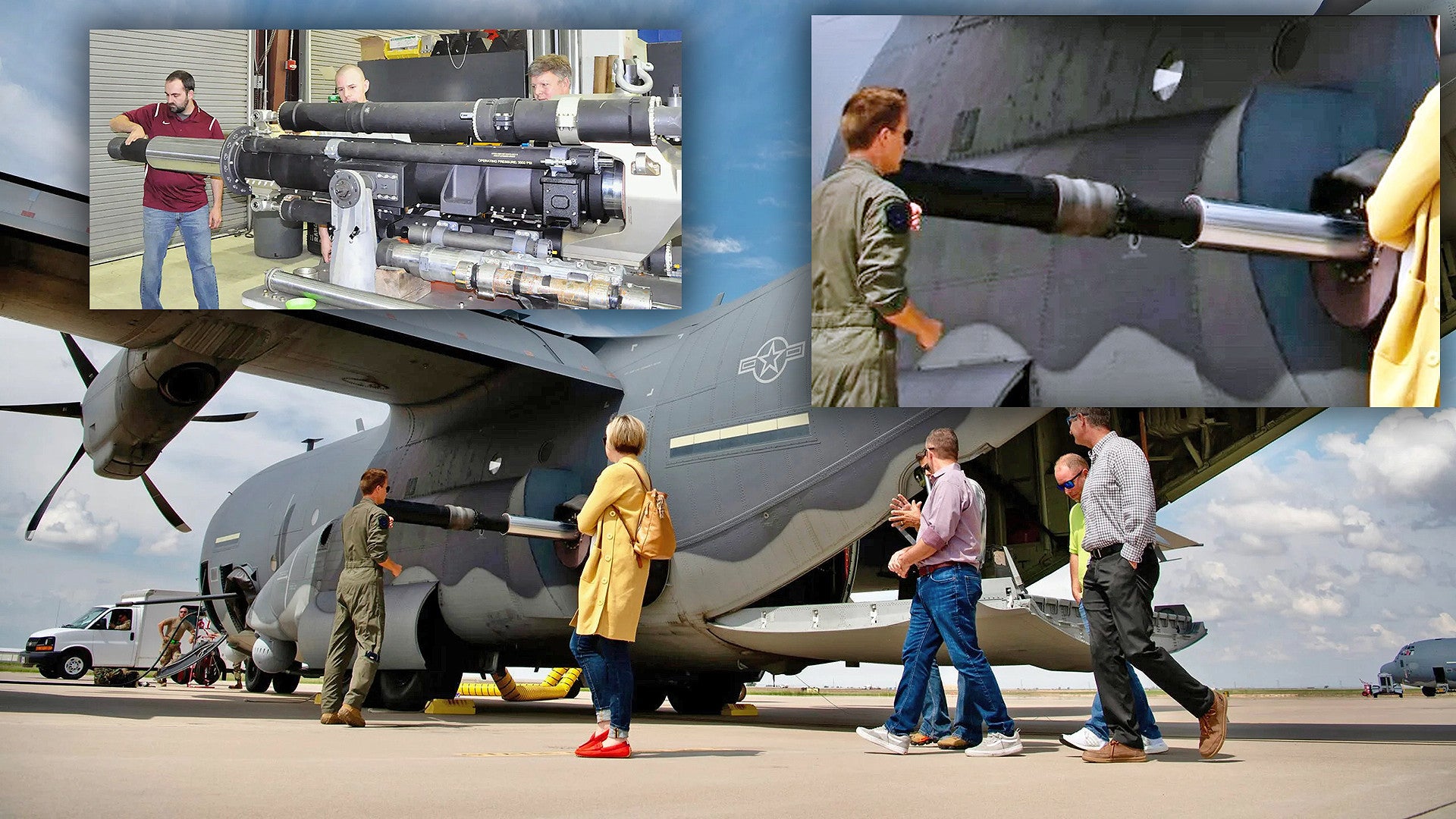- Joined
- 21 May 2006
- Messages
- 2,713
- Reaction score
- 1,639
Even non engineers could understand, this proposal is idiotic. The boundry layer effects on water takeoff UAVs expends nearly a 1/3 of stored energy just to take off. This is beyond that. Landing in difficult sea states limits where this albatross could even land in the ocean.AFSOC wishlist for amphibious MC-130J could turn into reality.
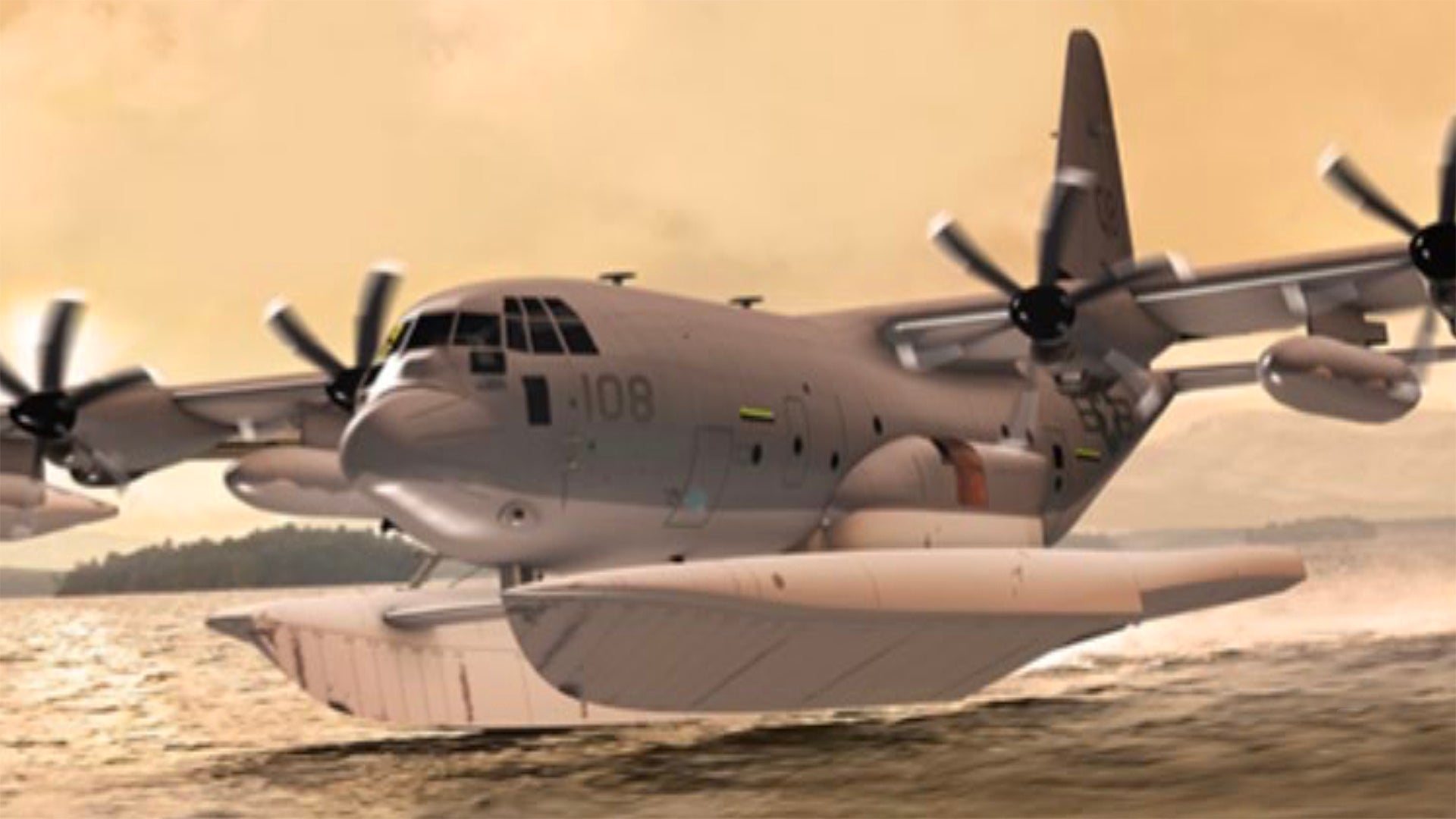
Amphibious MC-130J Transport Is On Special Operations Command's Wishlist
There have been proposals for a waterborne C-130 Hercules in the past, but the U.S. special operations community might just make it a reality.www.thedrive.com
Cheers
Seems Mav grew some fat, got kids and traded his 2 seat Tomcat for a 6 place war warry SUV ...Just stumbled across this 'official' Lockheed Fort Worth Texas C-130 with fin-mounted radome and Aim-54 Phoenix LRAAM's.
(Source: John Freeman. 'The Greatest Planes That Never Were')
Regards
Pioneer
Even non engineers could understand, this proposal is idiotic. The boundry layer effects on water takeoff UAVs expends nearly a 1/3 of stored energy just to take off. This is beyond that. Landing in difficult sea states limits where this albatross could even land in the ocean.AFSOC wishlist for amphibious MC-130J could turn into reality.

Amphibious MC-130J Transport Is On Special Operations Command's Wishlist
There have been proposals for a waterborne C-130 Hercules in the past, but the U.S. special operations community might just make it a reality.www.thedrive.com
Cheers
As stated, a nuke powered SES micro-carrier would be a start and then contemplate aircraft for the carrier. Inter-service rivalry will prevent this from ever happening.
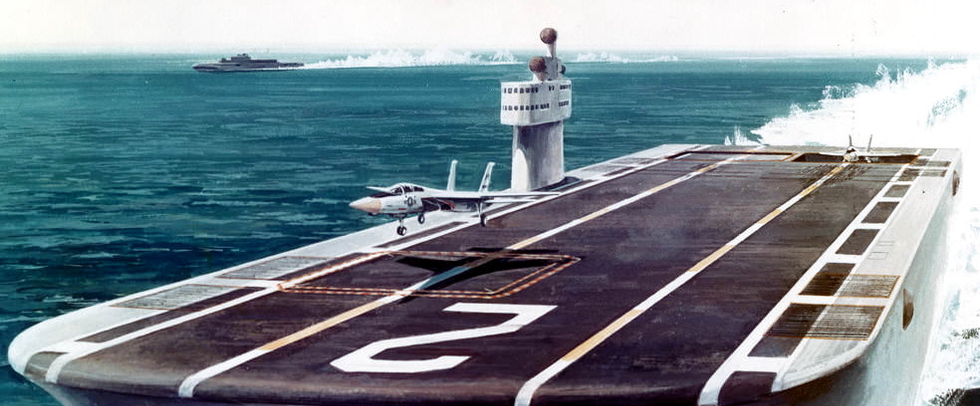
Probably not, but neither does the USA. I'm having a hard time thinking of any notable powers that really do; my top answers would be China, Israel, Japan, Taiwan, and the ROK, as they have either the continuity of government and policy, or a stark strategic situation that mostly answers the question.I've really got to the point of asking 'what the hell is Britain up to'? Does it really know what it wants it's military to do?
Good analogy, for which I concur!Probably not, but neither does the USA. I'm having a hard time thinking of any notable powers that really do; my top answers would be China, Israel, Japan, Taiwan, and the ROK, as they have either the continuity of government and policy, or a stark strategic situation that mostly answers the question.I've really got to the point of asking 'what the hell is Britain up to'? Does it really know what it wants it's military to do?
Just stumbled across this 'official' Lockheed Fort Worth Texas C-130 with fin-mounted radome and Aim-54 Phoenix LRAAM's.
(Source: John Freeman. 'The Greatest Planes That Never Were')
Regards
Pioneer
From Flying 1953-5.
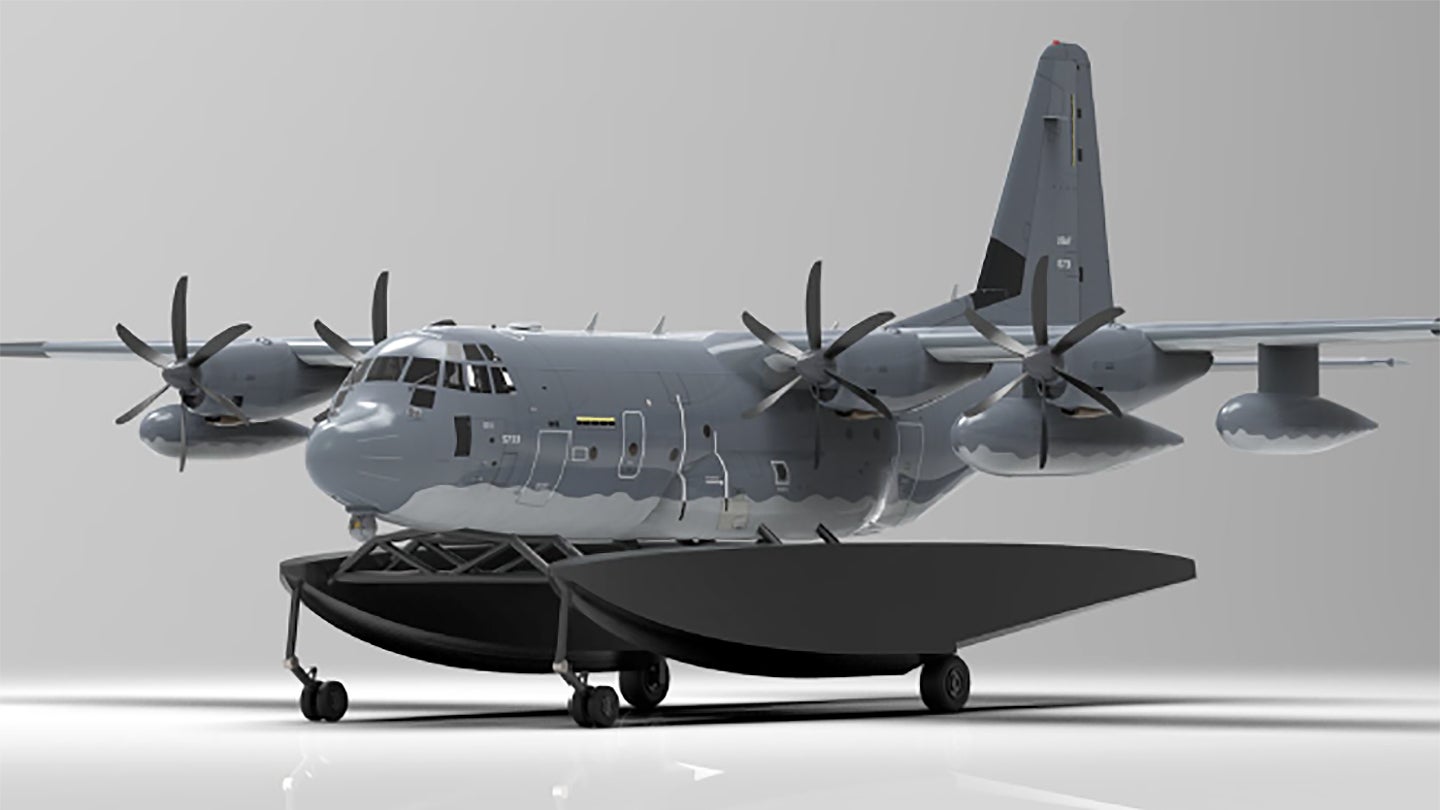
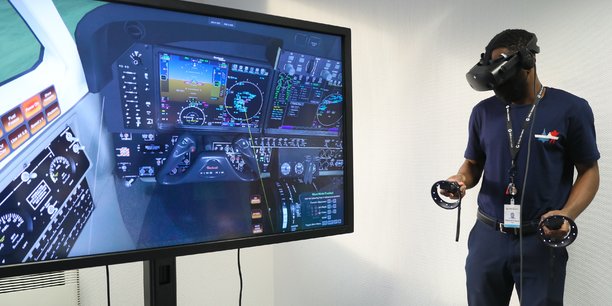
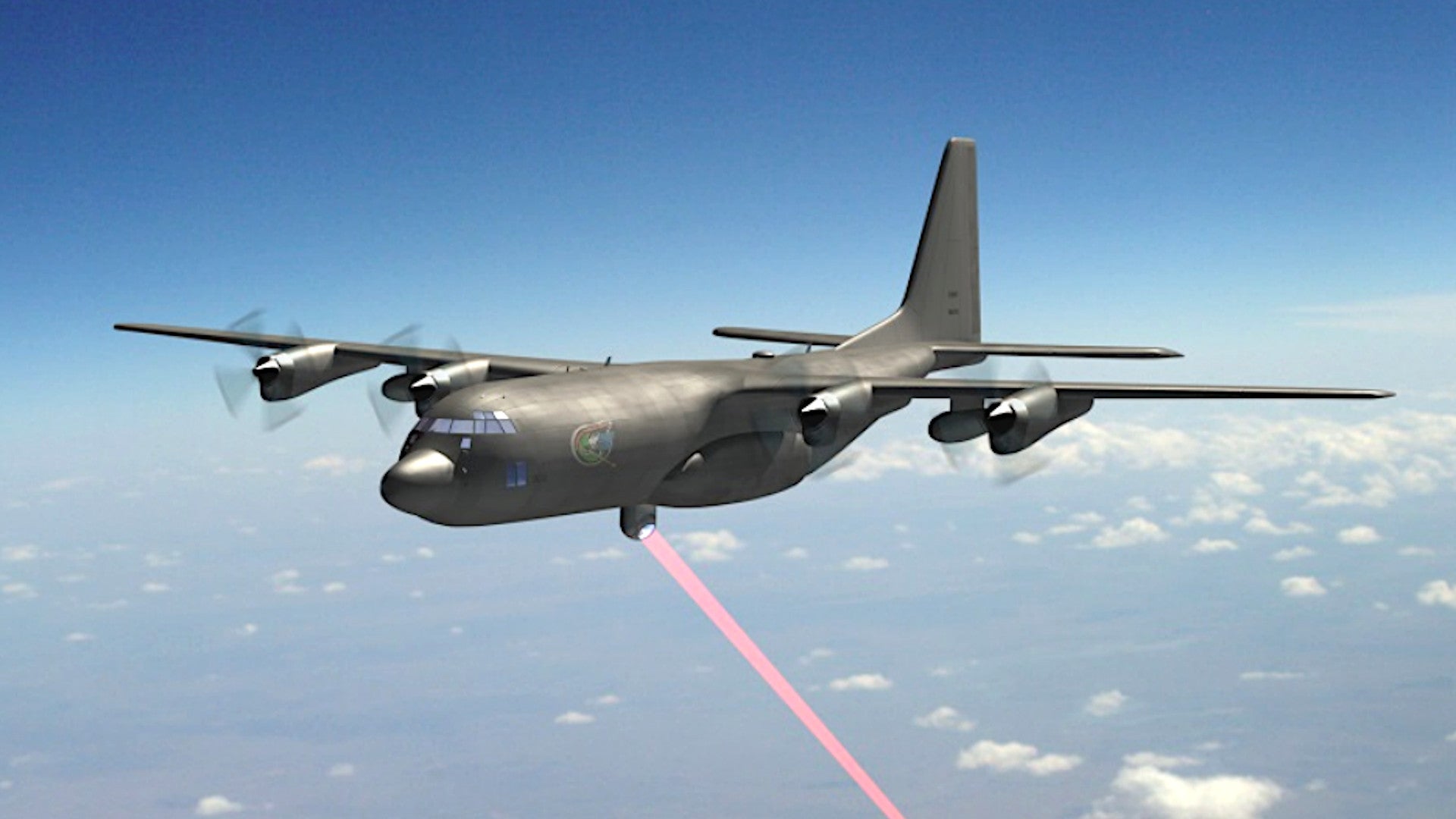
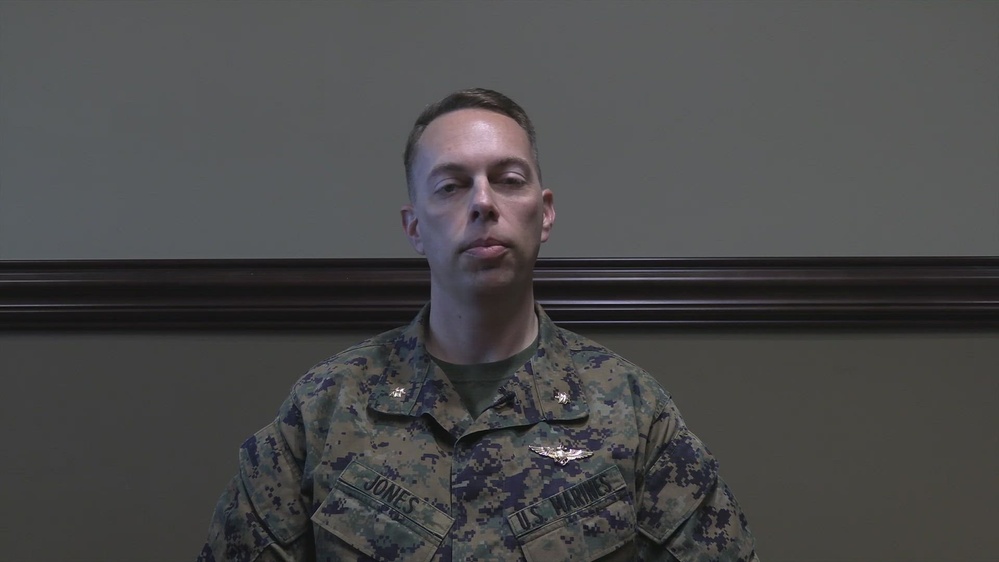
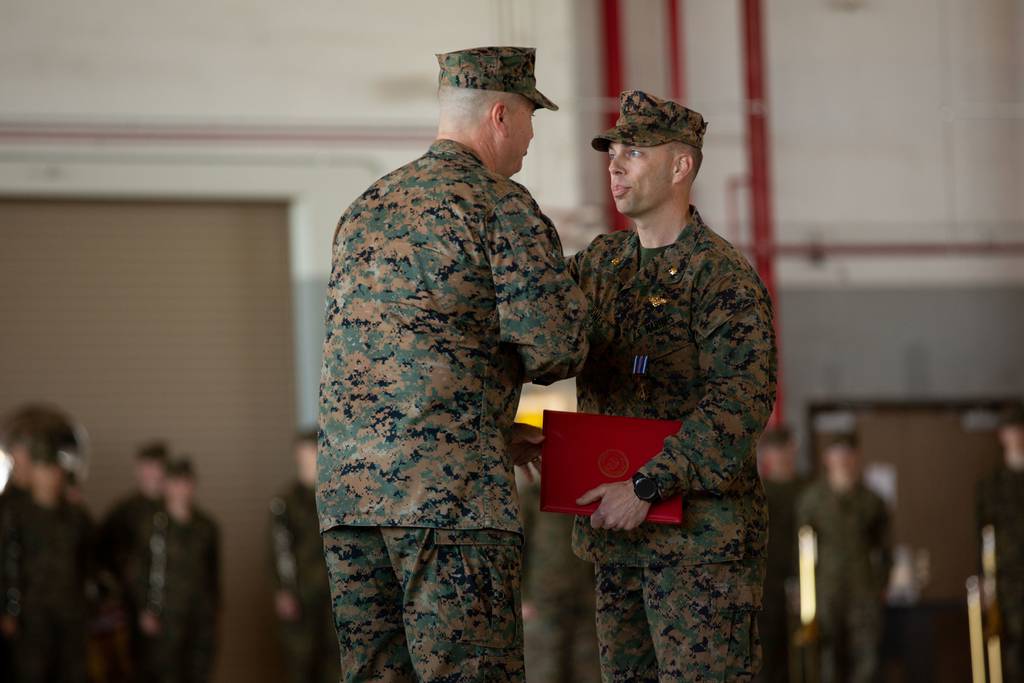
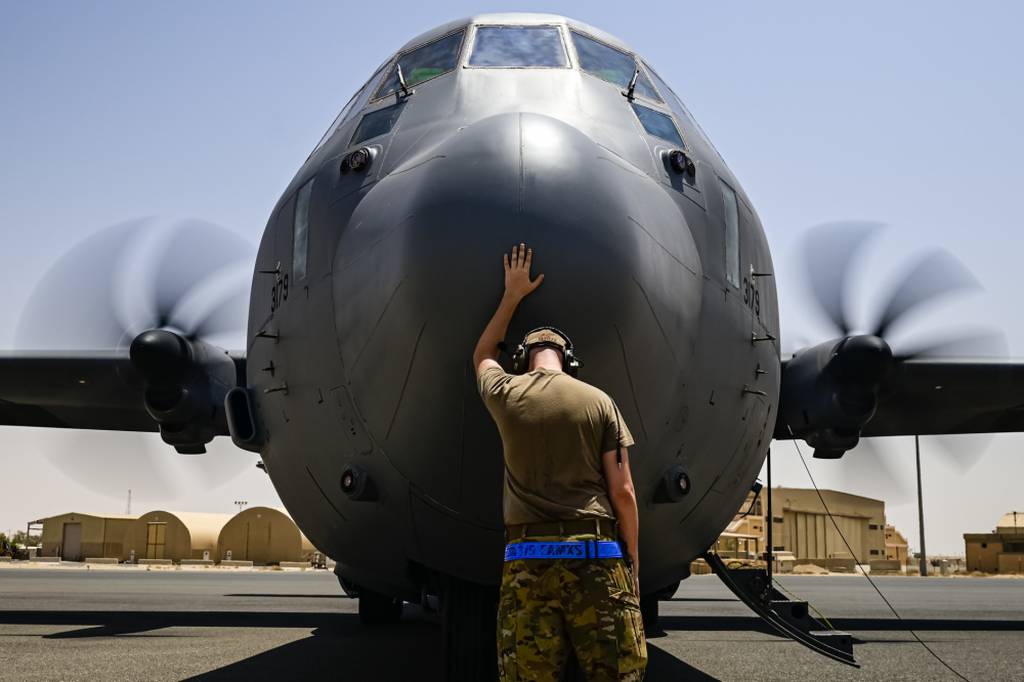
The new T56-8-15A 3.5 engines, combined with the LC-130H’s NP2000 eight-bladed propellers, are the answer to beginning to shift away from JATO bottles.
“The updated features allow the aircraft to create the same thrust as JATO bottles but at lower operating temperatures, making them more eco-friendly,” said Staff Sgt. Jason Candido, a propulsion specialist with the 109th. “We’re looking at an efficiency of about 20 percent more fuel efficiency compared to the 3.0 engine.”
Thanks GTXErr...T56 I think
Not sure the US Army wants to put that many troops in one airplane, other than for training (maybe not even then). Same reason they do not want to put more than a squad and enablers on one assault helicopter. Although it might be of value for training as it reduces the number of aircraft needed for training jumps. I know that they use C-17 for training, but the probability that they would be used in a real combat mission is exceeding small. Even in Afghanistan they used C-130 to drop in the Rangers.Well if they were smart, they would have rows of a paratroopers seating over the wings and fuselage. This way they could carry much more than a paltry 60 - 60 more outside the fuselage, plus 60 seating per wing, and voilà - 4*60 = 240 paratroopers on an Hercules: as much as a freakkin' C-17 or An-124...
The funniest part about this is that the upper deck contraption actually exists for the Il-76!Lockheed just announced an upgrade kit that allows C-130 Hercules to carry up to 90 paratroopers at a time, up by half from the previous maximum load of 60 paratroopers. The kit slides into stock C-130 cargo rails and ceiling rails. It allows adding an additional 30 paratroopers to sit in the new upper deck. It also includes a new floor panel that extends the full length of the cargo compartment from the front bulkhead to the rear edge of the lower ramp. This fully utilizes the other-wise wasted space above the regular seats. Just think of it as the upper bunk bed in barracks.
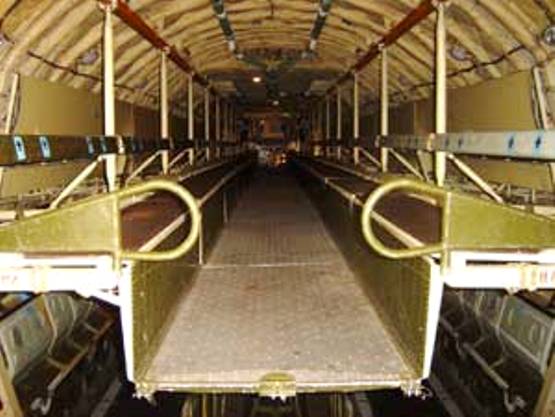
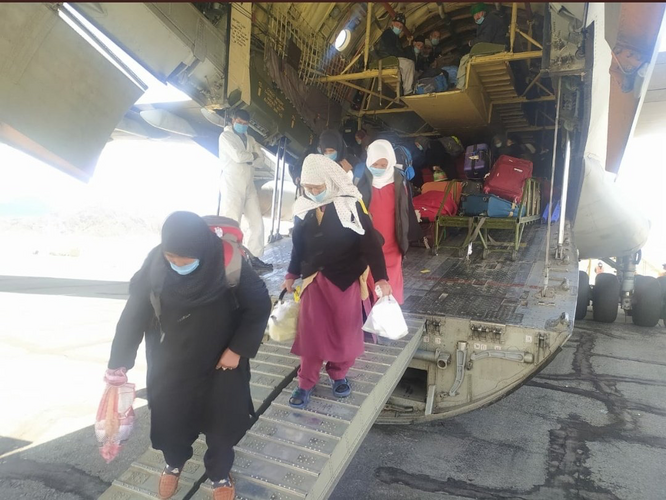
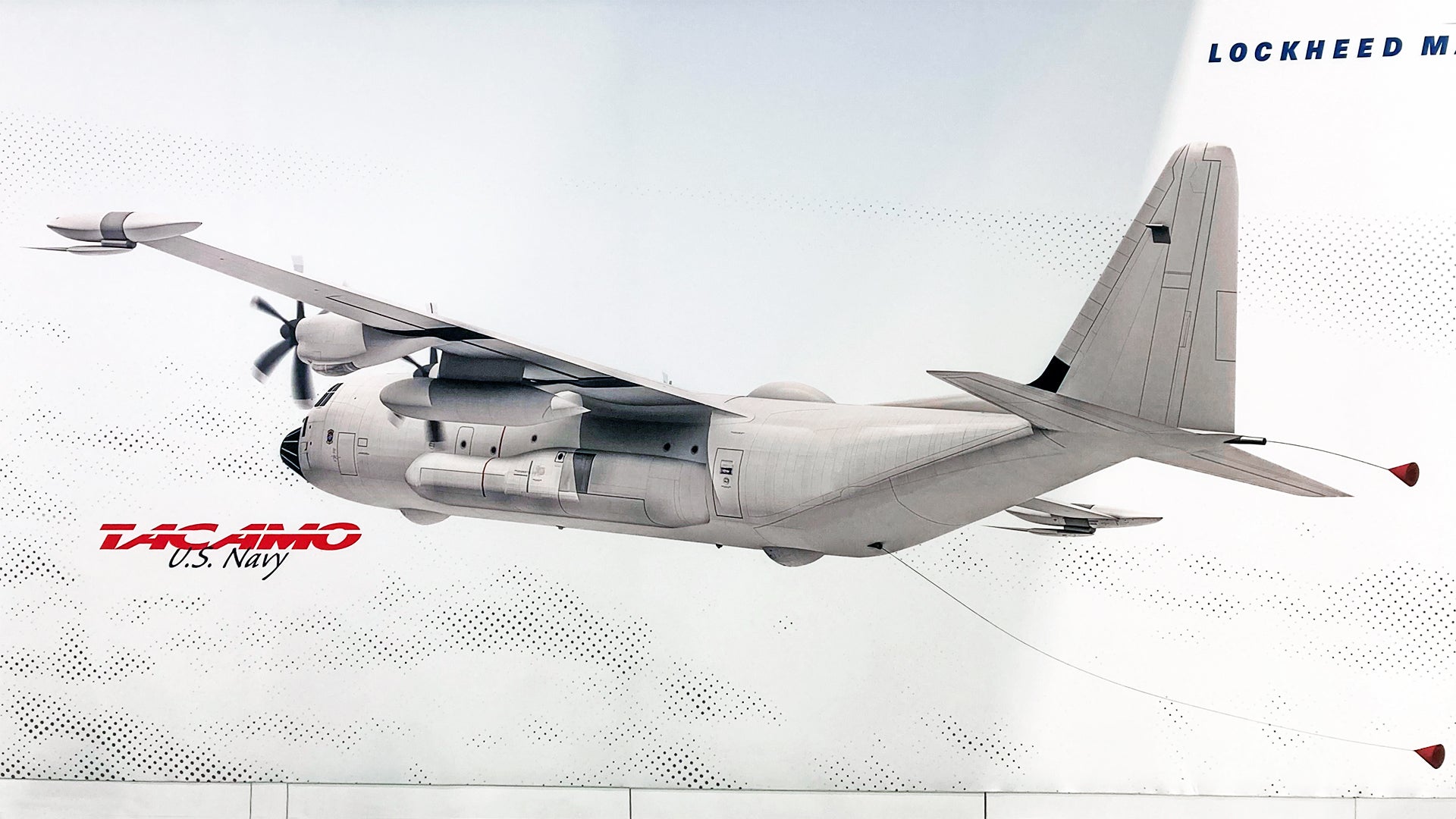
Well for an aircraft that may have to scramble and clear datum in the event of a nuclear exchange, jet performance is a hell of a would-be-nice. How often will it have to do that, you ask? Only once but what a once!Cruise speed is irrelevant
When the E-6 was introduced, going from a C-130 airframe to a 707 airframe was seen as a huge step forward for the TACAMO force in capability. It allowed the USN to consolidate operations to a single central US base, thanks to the higher speed and greater endurance, and allowed more capable equipment, and more of it, to be carried.An EC-130(Y? - surely it will get an unique designator? How many different Js can you have?) is obviously cheap and readily available but I wouldn't say it's an outstanding platform for the role.
Exactly. It must be a budget-driven (constrained if you prefer) decision. I cannot believe it was the preferred option. When you watch the USN burn green on the likes of Zum-a-walts, Literal-Crap Ships and Ford Pintos in straitened times, it strikes as odd to skimp on the nuclear deterrent now.In that light, it's hard to see going back to the C-130 as anything other than a retrograde step.
133rd Airlift Wing Welcomes First Eight-Bladed Propeller C-130
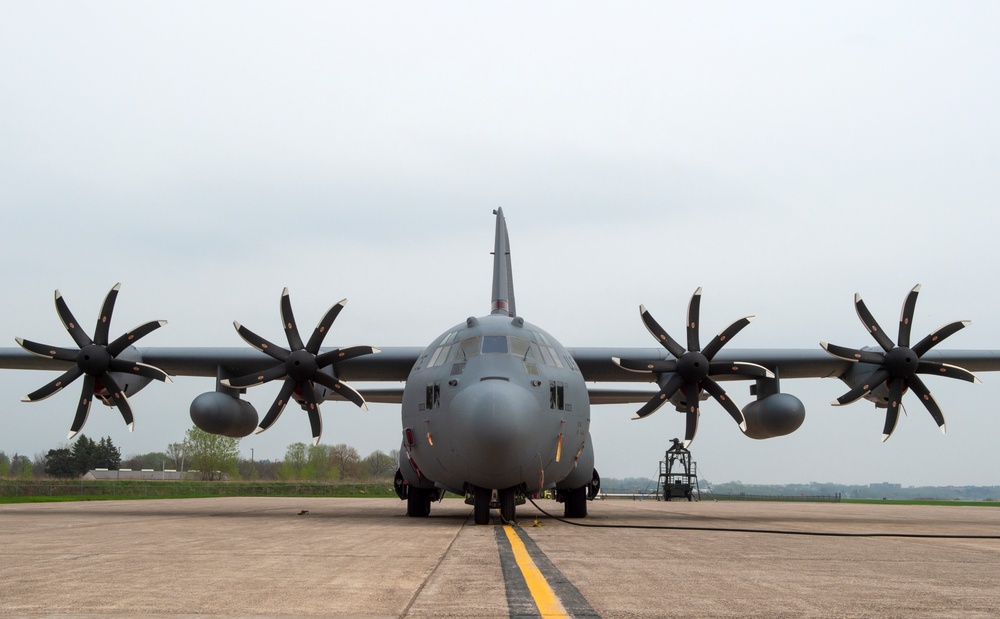
The 133rd Airlift Wing currently flies eight C-130H3 Hercules model aircraft out of the Minneapolis St. Paul International Airport. Last year the Wing launched a three-phase modernization process by introducing the electronic propeller control system (EPCS).
The Wing is currently in the second phase of the modernization process, which includes transitioning the C-130s from four-bladed propellers to eight-bladed propellers. The eight-bladed propellers will deliver more power and efficiency while reducing maintenance. Due to increased thrust for takeoff and climb-out, they are also helpful in cold weather and arctic operations. The completion of this phase is projected to end in September 2023.
The third phase will introduce a T56 3.5 turbo engine and will kick off in the fall of 2023.
To make that work, Foertsch said, personnel are eyeing air-delivered munitions primarily for the “best lethality.” An example of this approach, he explained, is an integrated weapons data link added to a 50-pound warhead class last year.
Foertsch called the data link an “incredible capability” that allows the crew to fire and then communicate with the round in flight, issuing instructions.
The link gives the user a “dud” command option, which can render the weapon inert midflight if a strike needs canceled.
But that still needs improving, he said. To do, that they’re looking to industry to provide guidance and next-generation sensors that can work in GPS-denied environments.
“We largely do laser targeting now,” he explained, and even that’s not enough. They are also looking for optical or automated target recognition in modular, open systems.
But they want to do that by dropping in capabilities to their existing forms, rather than adding another, purpose-built round. And they want greater range and standoff.
Work on that front is being done with two small business research grants, he said. Those involve testing a miniature cruise missile with electrical propulsion that fires past 100 nautical miles, and another small cruise missile that can go twice that distance.
